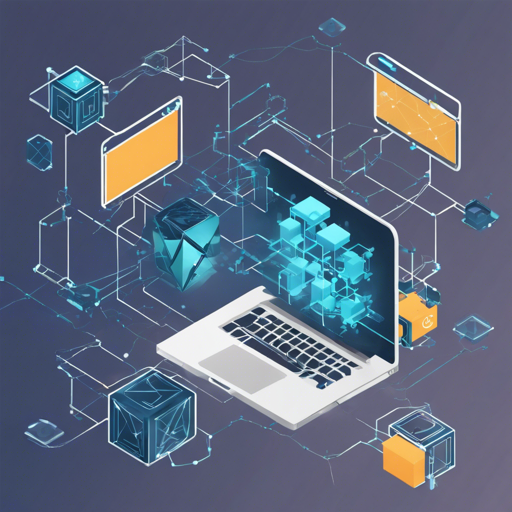Welcome to this comprehensive guide, where we will explore the foundational concepts of blockchain and how to harness its power using IBM Bluemix. In this guide, we’ll navigate through various chapters designed to guide you from understanding blockchain to deploying a complete demo.
Chapter Overviews
- Chapter 1: What is Blockchain? – An overview of the blockchain concept and architecture.
- Chapter 2: What’s the Story? – The Implementation Plan – Discusses the story we will be implementing.
- Chapter 3: Creating the Blockchain Development Environment – Instructions on setting up your development environment.
- Chapter 4: Building Your First Network – Steps to create your initial blockchain network.
- Chapter 5: Building the Admin User Experience – Designing a seamless experience for admin users.
- Chapter 6: Building the Buyer User Experience – Crafting a user experience tailored for buyers.
- Chapter 7: Building the Seller User Experience – Focus on providing the seller’s user experience.
- Chapter 8: Building the Provider User Experience – Developing a user interface for providers.
- Chapter 9: Building the Shipper User Experience – Constructing an engaging experience for shippers.
- Chapter 10: Building the Finance Company User Experience – Designing the experience for finance companies.
- Chapter 11: Building the Unified User Experience – Creating a consistent experience across all users.
- Chapter 12: Events – Handling events within the blockchain framework.
- Chapter 13: Deploying a Demo on Bluemix Kubernetes – Steps to deploy your project.
- Chapter 14: Debugging HyperLedger Composer Inside Docker – Troubleshooting techniques for your setup.
Chapter 1: What is Blockchain?
In this chapter, we delve into the essence of blockchain technology, its unique attributes, and its architectural framework. Imagine blockchain as a digital ledger that records transactions in a way that is transparent, immutable, and decentralized. Instead of a single owner, the control and validity of this ledger are shared among its users.
Understanding the Architecture
The architecture of blockchain can be compared to a library:
- Every book in the library (block) contains chapters (transactions) filled with information.
- Once a book is written (a block is added), it cannot be altered (immutable).
- The library is openly accessible to everyone, ensuring transparency.
- Any new book that needs to be added requires a consensus (decentralization) from library members.
Creating the Blockchain Development Environment
Before diving into implementation, you need a robust environment to work with. This involves:
- Setting up IBM Bluemix account
- Installing necessary tools such as Docker and Hyperledger Composer
- Configuring your system for development
Troubleshooting Tips
As you embark on this journey, you may encounter challenges. Here are some troubleshooting ideas to help you:
- Ensure all components of your development environment are up to date.
- Check for conflicting software that might prevent installation or execution.
- Review log files for error messages that can guide your debugging tasks.
- If you run into specific issues, visit forums or seek support from the community.
For more insights, updates, or to collaborate on AI development projects, stay connected with fxis.ai.
Final Thoughts
Embarking on the blockchain journey through IBM Bluemix is an exciting venture. Our upcoming chapters will further expand your understanding and skills as we build user experiences tailored for various stakeholders.
At fxis.ai, we believe that such advancements are crucial for the future of AI, as they enable more comprehensive and effective solutions. Our team is continually exploring new methodologies to push the envelope in artificial intelligence, ensuring that our clients benefit from the latest technological innovations.
Stay tuned for the next chapter where we will implement our story and dive deeper into the fascinating world of blockchain technology!

